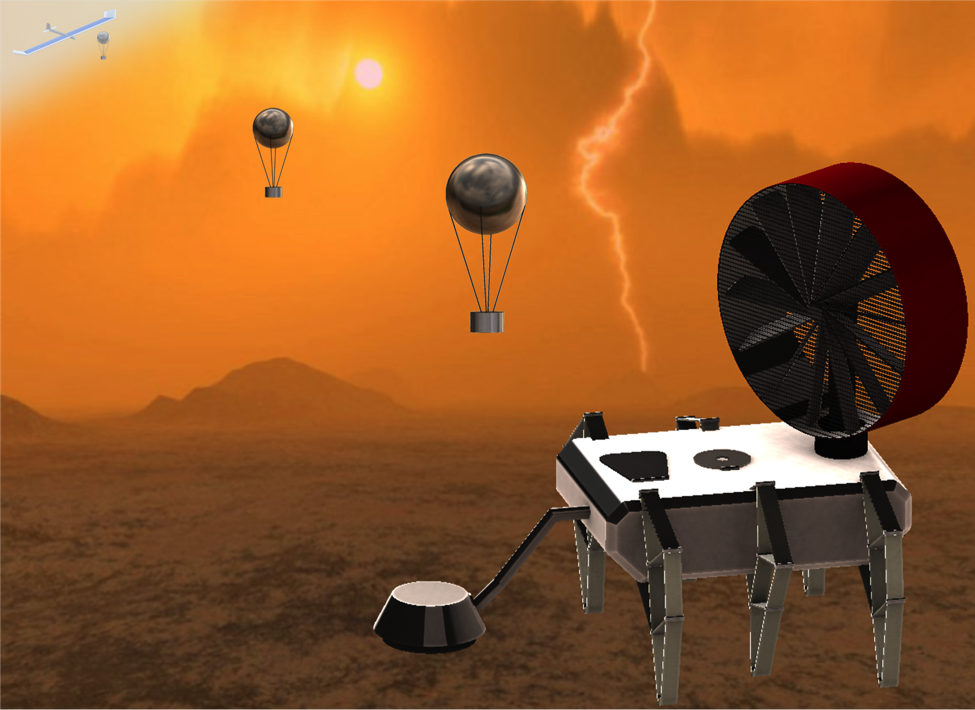Jonathan Sauder
NASA Jet Propulsion Laboratory
NIAC 2016 Phase I Saunder Automation Rover for Extreme Environments

Description
Venus, with its sulfuric acid clouds, temperatures of over 450°C, and surface pressure of 92 bar, is one of the most hostile planetary environments in the solar system. Only a handful of Soviet Venera and Vega landers and a Pioneer probe have successfully reached the surface. The robust landers only survived 23 to 127 minutes before the electronics failed in the hostile environment. Little progress has been made in the subsequent 30 years. Modern Venus flagship mission concepts rely phase change materials, which extend life by only a few hours, or complex refrigeration concepts that are not ready for flight implementation.
Automata are purely mechanical, self-operating machines capable of performing sequences of operations and instructions. Almost 2,300 years ago the ancient Greeks built the Antikythera automaton. This mechanical computer accurately predicted past and future astronomical events long before electronics existed. Automata have been credibly used for hundreds of years as computers, art pieces, and clocks. While the construction of semi-autonomous automata declined in the 1900’s, the Dutch artist Theo Jansen recently revived the idea with massive canvas and wooden “Strandbeest” creatures which have the ability to respond to the environment.
Automata could be the key for unlocking the secrets for some of the most extreme environments in the solar system such as the surface of Venus. AREE, the Automaton Rover for Extreme Environments replaces vulnerable electronics with an entirely mechanical design. By utilizing high temperature alloys, the rover would survive for weeks if not months, allowing it to collect and return valuable long term longitudinal science data from the surface of Venus. This science data is critical for informing models of dynamic planetary systems. To implement AREE, steampunk science fiction meets spacecraft technology. The rover harvests wind energy using a turbine and stores it in a constant force spring. The Jansen mechanisms legs are guided by a mechanical computer and logic system, programed to carry out the mission. It is able to collect basic science data such as wind speed, temperature, and seismic events. Communicating the data back to earth is the most challenging aspect of the system design but multiple options are open for study including a retroreflector, a simple electronic high temperature transponder, or inscribing phonograph style records to be launched via a balloon to a high altitude drone capable of transmitting the data back to Earth.
AREE is not only a new exciting rover concept, but creates a paradigm shift to conducting in-situ science in extreme environments. Traditional extreme environment vehicles collect as many diverse data points as possible in the short period of time before system failure. AREE breaks that trend by exploring what can be done with only basic scientific measurements, but recorded over long periods of time. While the specific mission context of Venus is explored in this study, automatons are applicable to other extreme environments in the solar system including Mercury, Jupiter’s radiation belts, the interiors of gas giants, the mantle of the Earth and volcanoes throughout the solar system. It is exciting to think about how a new application of ancient technology could revolutionize the exploration of extreme environments, and allow mankind to unlock the secrets of Venus and other hostile environments across the solar system.






























